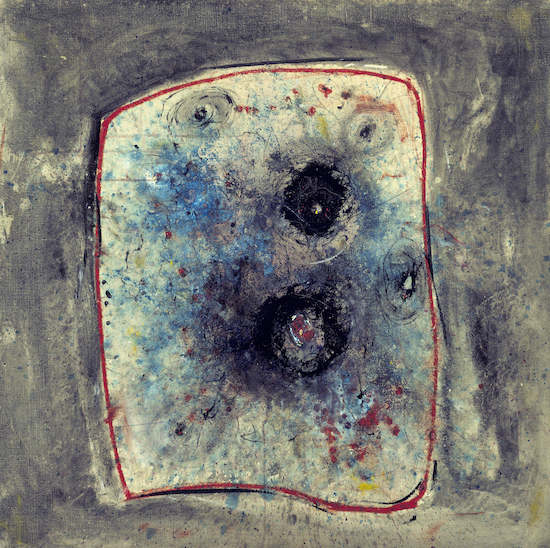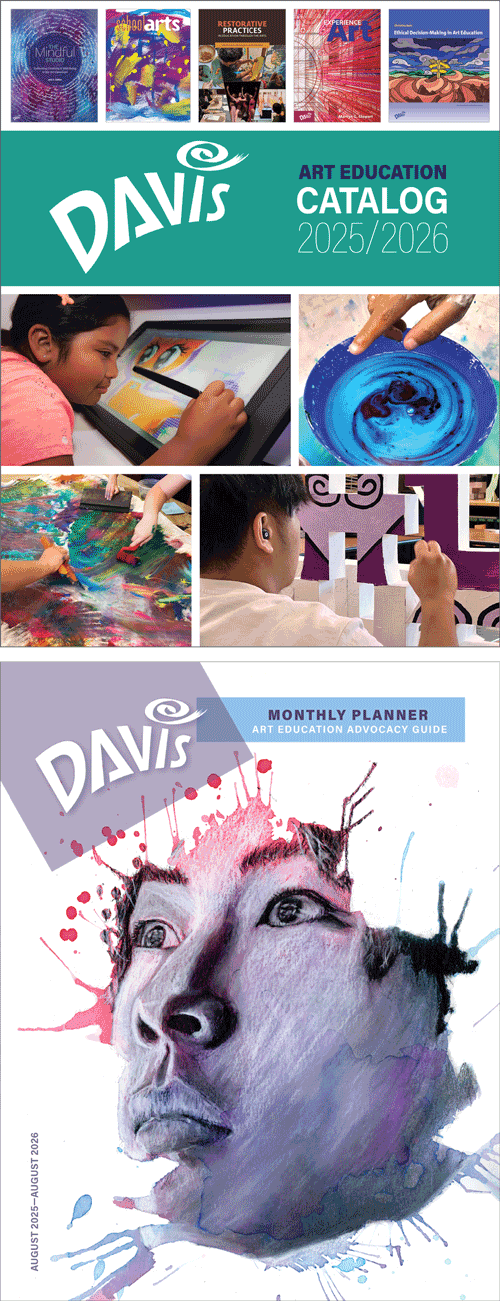Artist Birthday: Wols (A.O.W. Schulze)
Wols was a major figure in the School of Paris that developed after World War I (1914–1918). He was a pioneering artist in Lyrical Abstraction, and was a major influence on the Tachisme movement, a process that has been compared to the action painting wing of Abstract Expressionism.
Artist birthday for 27 May: Wols (Alfred Otto Wolfgang Schulze, 1913–1951, Germany)
Alfred Otto Wolfgang Schulze is considered one of the pioneers of Lyrical Abstraction that appeared after World War I.
 |
| Wols (Alfred Otto Wolfgang Schulze), Painting, 1944–1945. Oil on canvas, 81 x 81.1 cm. The Museum of Modern Art, New York. © 2025 Artists Rights Society (ARS), New York. (MOMA-P2711woars) |
Wols spent World War II (1940–1945) in occupied France in the tiny southeastern town of Dieulefit, one of few French communities where the entire town harbored Jews, artists, and other refugees from the Nazis. Deprived of his camera while he was holed up in France, Wols, began making drawings and watercolors, practices that he continued after the end of the war, and also expanded to include painting and printmaking. The hallucinatory, imagined worlds he depicted were frequently produced for literary collaborations with existentialist writers and poets, including Jean-Paul Sartre and René de Solier, whose prose seems a fitting match for Wols's anxious, compulsive line work. His work emulated the built-up, semi-organic subjects of fell Art Informel painter Jean Fautrier (1898–1964).
In post-World War II Paris, there was a rise in interest among a group of artists in abstraction that was not dogged by a philosophy or canon, such as the pre-war styles of De Stijl, Constructivism and Suprematism which had dominated European aesthetic through the Bauhaus period (1919–1933). These artists sought pure abstraction that was spontaneous, intuitive and guided by emotion. It coincided with similar developments at the same time in the US with Abstract Expressionism.
A French critic gave the movement the name "l'Art Informel" (Formless Art), and yet another "Tachisme", related to the verb tacher which means "to stain or drip". Tachisme referred specifically to the French version of "action painting." Like Abstract Expressionist painters of the same genre, these artists emphasized a lively surface, gestural brush work, and generally automatist creation. The artists of l'Art Informel worked in various types of totally non-objective abstraction.
Wols was born Alfred Otto Wolfgang Schulze in Berlin. Raised in Dresden he excelled in painting, drawing and music. After receiving a camera from his father in 1924, he also excelled in photography. In 1930 he started an apprenticeship in camera at the Berlin School of Applied Arts. He left that school, considering in enrolling in the Bauhaus. Bauhaus instructor – and an experimental photographer himself – László Moholy-Nagy (1895–1987) advised him that studying photography in Paris could be more rewarding for his style.
Wols moved to Paris in 1932 where immediately became associated with the group of avant-garde artists there, particularly Surrealism. With help from Cubism painter Fernand Léger (1881–1955) he obtained a limited resident status to live in Paris in 1936. Wols made a living with his unusual fashion and interior design photographs which he sold as postcards and to many international fashion magazines. This was the period he adopted the pseudonym “Wols”. After World War II, Wols undertook primarily painting and printmaking. He is considered one of the post-war pioneers of the Art Informel group and Lyrical Abstraction.

Comments